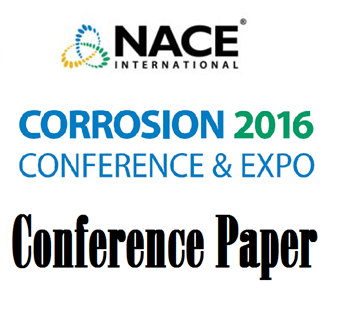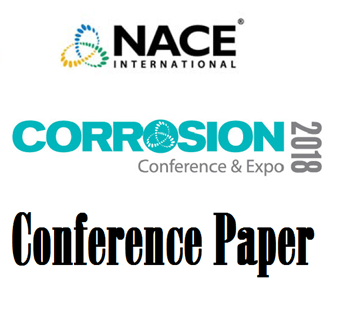Search
Products tagged with '3lpp'
View as
Sort by
Display
per page
10002 Failure Analysis of Three Layer Polypropylene Pipeline Coatings
Product Number:
51300-10002-SG
ISBN:
10002 2010 CP
Publication Date:
2010
$20.00
51316-7024-High Temperature FBE Coating Disbondment in Multi-Layer PP Insulation Coatings
Product Number:
51316-7024-SG
ISBN:
7024 2016 CP
Publication Date:
2016
$20.00
51318-10987-Development of low application temperature coating systems for steel pipelines
Product Number:
51318-10987-SG
Publication Date:
2018
$20.00
Field Experience of Various Coating Systems in Oil & Gas Industry
Product Number:
51324-20360-SG
Publication Date:
2024
$40.00




